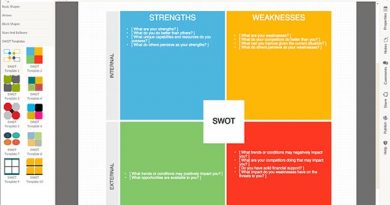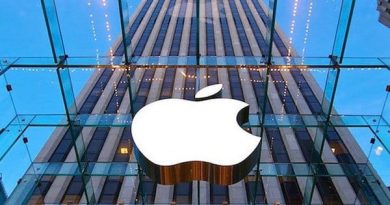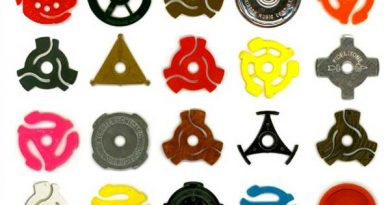How to Create a Professional Creative Brief?
Through my years of working as a designer, I understood two factors: the most crucial document that paves the way through the design process is the creative brief, and there is no single agreement on what should be included in the creative brief. You agree with me as each project has its creative brief, and the information contained depends on what is needed. For example, In a previous article, we explored how top designers such as Tom Bassett, Frank Gehry, David Rockwell and Yves Béhar Defined the Creative Brief from their point of view and long experience working with design teams.
In this article, we will explore creative briefs more, and you can scroll to the end of the article to download the Designate free creative brief template you can use for personal and commercial projects.
What is the Creative Brief?
While there are many opinions and debates about what should be included in the creative brief, there is one definition for the creative brief: it is a communication document that contains required information about the project between all the stakeholders involved in the creative project. This vague definition allows the creative team to interpret the creative brief appropriately.
The creative brief document ensures a clear understanding of the project and client requirements about the creative process (Design Thinking Case Study: Innovation at Apple). While some creative briefs are detailed and include all the required information about the project, short or drafted ones require further meetings and communication with the innovative team to identify the project’s requirements.
While the creative brief acts like a communication contract that ensures all parties are on the same page in understanding the project details, it is a flexible document that can be updated during the project’s progress. All the involved parties should be aware of any updates.
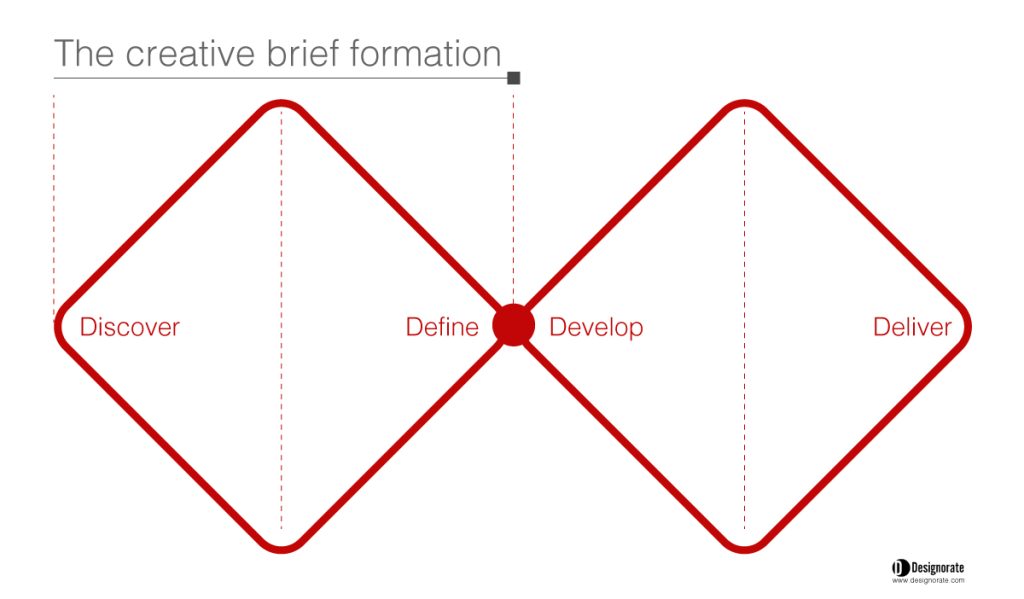
The creative brief is usually formulated at the centre of the Double Diamond Design Thinking just after the Discover and Define stages (What are Design Research Types and Applications?) when we know the problem we need to fix. It allows us to add benchmarks to use further during the prototyping stage (Develop). At the same time, some clarity may be formed before this stage, especially with the client’s requirements (How Inclusive Design Reshaped Microsoft Products).
Who Writes the Creative Brief?
Writing the creative brief is a collaborative operation between the involved stakeholders in the creative process. Putting the creative brief writing task in the wrong hands or excluding any stakeholders may lead to failure and lack of understanding. Designers and the creative team should take exclusive rules in the brief writing process. In his book, “Creating the Perfect Design Brief,” Peter L. Philips defines the relationship between the designer and the project owners as more like a partnership than a client-employee relationship.
There needs to be a specific title that should involve writing the creative brief. Still, partners from different departments involved in the project should be part of the writing process. Generally, the client shared the project requirements and information with the representatives from the marketing team, creative team and executive managers .
Many designers believe the creative brief is only used in large companies and teams. Based on the definition of the creative brief, it can be used with any project of any size, starting from an individual freelance design that involves an information contract between the designer and clients. While its importance increases when the team expands, it is still required at any size of a design project.
The Creative Brief Content
There are different approaches to writing the creative brief; it can be as simple as one sentence or a document of multiple pages. While there is shared information to add to the brief, some industries require specific information to be documented. For example, an interactive design project requires the brief to have in-depth technical information that affects the whole project process (What is Strategic Thinking? And How to Improve It). The following general topics should be clarified in the creative brief.
Background overview
In the background overview, detailed information about the company and the project should be described in detail. This section gives the team an idea to understand the company’s vision and the targeted project. This part of the brief can include the following information:
Company portfolio
This section includes general information about the company that can help the team to learn more about their client (How to Use Persona Empathy Mapping). It can consist of previous projects and how the company brands its projects. This section allows the team to think the same way the client thinks and build the creative process based on the knowledge gained from reviewing the client’s history.
Project Overview
The second part of the background section includes more detailed information about the project. What does the client need to do? What is expected from the team? The project overview includes project information, deliverables, needs and requirements.
The project overview should also contain the goals that need to be achieved by the end of the project and how these goals will be assessed in the outcome.
Objectives
A concise statement of the project’s impact on the end consumer should be described clearly and in detail. This provides a short sentence that defines the project that needs to be solved by the end of the project. For example, the objective can be “The primary objective is to persuade the consumer to buy X product and create a unique brand for the product to compete with existing competitors.”
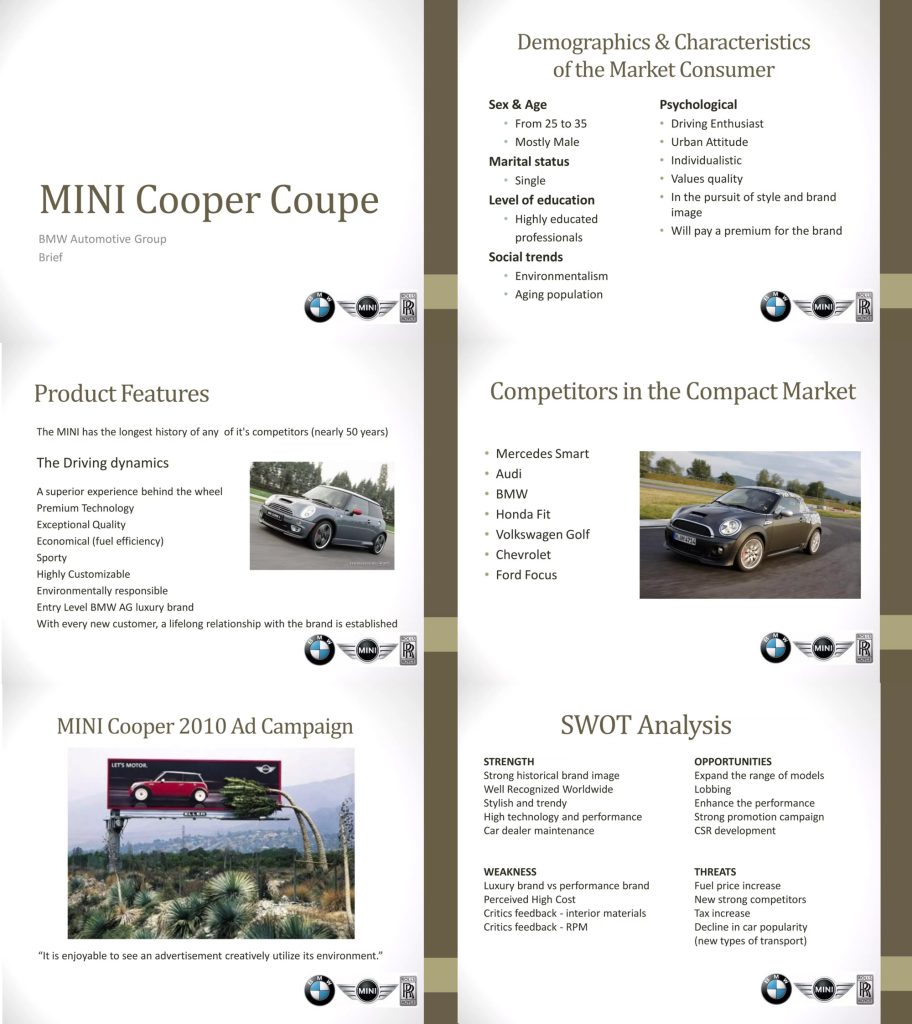
An screenshot from the Mini Cooper creative brief in Figure 2 provides example of specified brief that contains detailed related to the product features competency and SWOT analysis. You can see it may contain different information based on the target aim of the brief.
Target primary audience
For every product or advertising campaign, there should be a clear understanding of the targeted market segment. Market segmentation helps the team target one or more segments using specific language tones, colours and design styles. The marketing research department is responsible for defining the target market segment for the new product. The target audience section should include information about the targeted consumer’s age, gender and education to describe the demographic, psychographic and technographic information. For example, Fanta Co’s targeted audience is described as follows:
- Segment: All people seeking soft drinks for regular occasions and parties.
- Targeted group: All age groups, lower, middle and upper-class people
- Positioning: Fun youth brand
Project Timeline
The creative process is different from other predictable inside the company. Therefore, the innovative team should clearly understand the project timeline. Then, the creative process can be planned according to the overall project timeline. The creative process can involve multiple meetings for brainstorming to build creative ideas that can achieve client goals.
Project budget
The budget is another barrier to the creative process if not taken with precaution. Although innovation and creativity provide essential factors in project success, many ordinary managers who fall under a tight project budget reduce the budget required for innovation and creativity. Therefore, clear information about the project budget should be provided to the creative team to develop ideas accordingly.
Message tone and image
This second defines the creative message that should be used to achieve the client’s goals. The brand message’s tone and image for the project build communication between the consumer and the brand, which helps to form what the audience believes or thinks about the brand or product. The message can be funny, casual, formal….etc.
In Fanta Co.’s example, the message tone is more casual, which is reflected not only in the colours and styles but also in the taglines such as “Bold Orange Fun”, “More Fanta, Less Serious”, and “Taste that Makes You Jump”.
Design specifications
As mentioned, some creative projects require the whole team to understand the design specifications and requirements. In mobile applications projects, for example, the developing and design teams should have clear information about the technical requirements, such as compatibility with different devices.
If the marketing campaign is displayed on both printed and digital media, specifications related to each delivery must be clarified in the creative brief.
Anything else
Who is responsible for updating the creative brief? Is there a limit for client revisions? This section includes related information about the project to help achieve client goals. This part can consist of marketing or data research results that can help the creative team understand and successfully deliver the client’s message.
Download the Free Creative Brief Template
You can download our Designate Free Creative Brief Template here. The template is in both Word Document and Adobe PDF format. While it has several details, you can complete or change the details based on the nature of your client. You can use it for personal and commercial purposes, but you cannot republish it publicly.
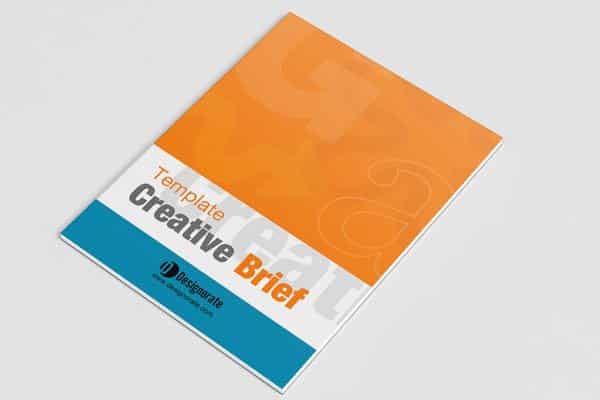
Conclusion
The creative brief bridges the project’s communication between the client and stakeholders. It ensures a clear understanding of different project aspects, goals and deliveries. The creative brief’s length may vary from a few sentences to define broad project objectives to a few pages of a precise document with detailed information about the project objectives, requirements and related information.
The creative brief is not a fixed document. It can expand to cover all the project information by adding more sections. Additionally, the creative brief is subject to change and update. In this respect, all the stakeholders should be updated with these changes that may affect the project flow.
The creative brief helps to complete an understanding of the project goal and specifications. Therefore, building a successful creative brief leads to the project’s effectiveness and success through client satisfaction on one side and creative innovation on the other.
Bibliography
Duckworth, G. (1999). Creative briefing. Excellence in Advertising, 2nd Edition, Oxford: Elsevier Ltd, 135-157.
Ibach, H. (2009). How to write an inspired creative brief. iUniverse.
Phillips, P. L. (2004). Creating the Perfect Design Brief: How to manage design for strategic advantage. Skyhorse Publishing Inc..



